Table of Contents
Quality Service Guarantee Or Painting Free

Get a rental agreement with doorstep delivery

Find the BEST deals and get unbelievable DISCOUNTS directly from builders!

5-Star rated painters, premium paints and services at the BEST PRICES!
Loved what you read? Share it with others!
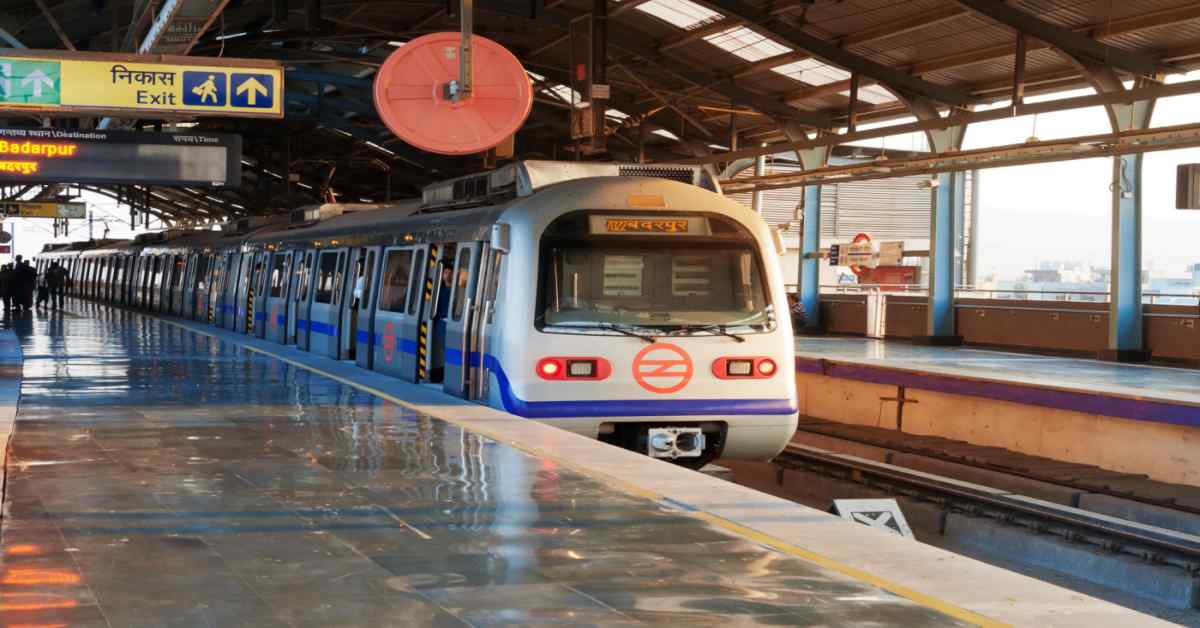
Delhi Metro Red Line: Maps, Fares, Timings, Routes and Station List in 2025
Table of Contents
Did you know the Delhi Metro's Red Line was the very first line to become operational, marking a new era of public transport in the capital? It was launched on 24th December 2002. The Red Line stretches across 34.5 km, connecting Rithala in the west to Shaheed Sthal (New Bus Adda) in Ghaziabad, with a total of 29 stations. This elevated corridor passes through key junctions like Kashmere Gate, Welcome, and Inderlok, connecting to other metro lines and major parts of Delhi and Ghaziabad. Read on to learn more about its route, timings, fares, and the latest updates under Phase 4 expansion.
Delhi Metro Red Line Route: A Quick Info
The Delhi Metro Red Line, designated as Line 1, holds a special place in the heart of Delhi as the city's first and oldest metro line. Spanning from Rithala in the northern part of the city to Shaheed Sthal (New Bus Adda) in the south, this entirely elevated red line metro covers 34.55 kilometres and serves 29 stations.
| Information | Details |
| Line | Red Line |
| Status | Operational |
| Total distance | 34.55 km |
| Total stations | 29 |
| Terminals | Shaheed SthalRithala |
| Type | Rapid transit |
| Operator | Delhi Metro Rail Corporation |
| Opened date | 25 December 2002 |
| Operational timings | 6:00 AM - 12:00 PM |
| Ticket price | ₹10 - ₹90 |
| Parking | Available |
| Facilities | Elevators, escalators, feeder bus, divyangh-friendly, washrooms, vehicle parking, wifi, first aid room |
Key Points of Delhi Metro Red Line
- Historical Significance: The Delhi Metro Red Line commenced its service in December 2002 and was inaugurated in stages. Since then, it has been extended multiple times, reaching its present length in 2008.
- Strategic Stations: The Red Line connects several crucial destinations in Delhi, including Old Delhi, Kashmere Gate, New Delhi Railway Station, Connaught Place, and Karol Bagh. It extends its reach into the Ghaziabad district in Uttar Pradesh.
- Interchanges:
- The line intersects with the Yellow Line and Violet Line at Kashmere Gate.
- It connects with the Pink Line at Welcome and Netaji Subhash Place.
- An interchange with the Green Line occurs at Inderlok.
- Features:
- Fully air-conditioned with modern trains capable of reaching speeds up to 80 km/h.
- Trains operate at a frequency of 4 to 10 minutes, ensuring efficient transportation for daily commuters.
- Record-Breaking Achievement: When construction was completed in 2008, the Red Line was the world's longest high-speed metro line, at 34.55 kilometres.
- Cultural and Historical Integration: It passes through the heart of Delhi, the Red Line links passengers to historical landmarks such as the Red Fort, Jama Masjid, and Chandni Chowk.
- Architectural Diversity: Several stations along the Red Line feature unique designs that reflect the cultural heritage of their surroundings. Kashmere Gate station, for instance, showcases Mughal-inspired architecture.
- Environmental Impact: The Delhi Metro Red Line has played a crucial role in reducing traffic congestion and pollution, contributing to improved air quality in the city.
- People Magnet: Functioning as a microcosm of Delhi, the Red Line brings together people from diverse backgrounds, making it an excellent place to observe the city's rich cultural diversity.
- Certification for Green Building: The Red Line is the first metro line in India to be certified by the Indian Green Building Council for its energy efficiency.
Delhi Metro Red Line Route Map
Here is the route map of the Delhi Metro Red Line:
Quality Service Guarantee Or Painting Free

Get a rental agreement with doorstep delivery

Find the BEST deals and get unbelievable DISCOUNTS directly from builders!

5-Star rated painters, premium paints and services at the BEST PRICES!

Red Line Metro Route Details
The Delhi Metro Red Line, or Line 1, is a 34.5 km rapid transit corridor. It runs east–west from Shaheed Sthal (New Bus Adda) in Ghaziabad to Rithala in Rohini, featuring 29 stations, mainly elevated, with one at-grade section.
| Station name | Connecting Line |
| Welcome | Pink Line |
| Kashmere Gate | Yellow Line |
| Kashmere Gate | Violet Line |
| Inderlok | Green Line |
| Netaji Subhash Place | Pink Line |
Red Line Metro Stations
Here are all the stations currently being connected by the Delhi Metro Red Line route 1:
Here is the list of all the stations currently being connected by the Red Line metro route list 1:
Red Line Metro Route Fares
| Distance Travelled | Fare (in ₹) |
| Up to 5 km | 10 |
| 5 km to 12 km | 20 |
| 12 km to 21 km | 30 |
| 21 km to 32 km | 40 |
| Over 32 km | 50 |
Red Line Metro Timings
| Time Period | Frequency |
| Peak Hours | Every 4-5 minutes |
| (8:00 AM - 11:00 AM & | (Trains arrive more frequently) |
| 5:00 PM - 8:00 PM) | Every 5-10 minutes |
| Non-Peak Hours | (Trains arrive at regular intervals) |
Real Estate Significance of the Delhi Metro Red Line Route
The Delhi Metro Red Line has played a significant role in influencing the real estate landscape along its route. The presence of a well-connected and efficient metro line tends to have a positive impact on property values, development, and overall real estate dynamics. Here are some aspects highlighting the real estate significance of the Delhi Metro Red Line route:
- Increased Accessibility: Properties situated near metro stations along the Red Line enjoy enhanced accessibility. Easy connectivity to major hubs, commercial centres, and residential areas makes these locations attractive to both homebuyers and businesses.
- Enhanced Connectivity to Employment Hubs: The Red Line connects several major employment hubs and commercial districts such as Connaught Place, Karol Bagh, and Netaji Subhash Place. This accessibility increases the demand for residential and commercial spaces in these areas.
- Improved Commutability: Areas serviced by the Red Line witness improved commutability, reducing travel time and making these locations more appealing to potential residents. Reduced dependency on personal vehicles and convenience in public transportation contribute to the area's overall desirability.
- Economic Development: The metro line contributes to economic development by fostering growth in areas along its route. The increased footfall and accessibility attract businesses, leading to the development of commercial spaces, shopping centres, and recreational facilities.
- Property Value Appreciation: Proximity to a metro station often leads to an increase in property values. The convenience of commuting via the metro positively influences the demand for housing, driving up property prices in the vicinity.
- Development of Residential Clusters: The Red Line has spurred the development of residential clusters in areas surrounding metro stations. The availability of efficient public transportation encourages the creation of planned residential communities.
- Impact on Rental Market: Properties located along the Red Line route often witness higher demand in the rental market. Tenants, especially working professionals, prefer areas with easy access to metro stations for a hassle-free daily commute.
- Commercial Expansion: The metro line has led to the expansion of commercial spaces in areas like Netaji Subhash Place. The presence of metro connectivity attracts businesses, leading to the establishment of offices, retail outlets, and entertainment venues.
- Infrastructure Development: The development of the Red Line has prompted associated infrastructure development. Improvement in road networks, street lighting, and other amenities contributes to the overall livability of the areas along the metro route.
- Strategic Investment Opportunities: Real estate investors often look for opportunities along well-connected metro routes. The Red Line, being one of the oldest and busiest in Delhi, represents a strategic investment opportunity for those seeking long-term appreciation.
Delhi Metro Red Line: Impact on Connected Localities
The Delhi Metro Red Line has worked like magic, turning once quiet neighbourhoods into bustling hubs of life. Let's take a ride through the transformation of these areas:
| Locality | Pre-Metro Scenario | Post-Metro Scenario | Pre-Metro Property Rate (Avg.) | Post-Metro Property Rate (Avg.) |
| Shaheed Sthal | Relatively underdeveloped with limited connectivity | Improved accessibility, residential and commercial development | Rs. 3,000-4,000 | Rs. 5,000-7,000 |
| Hindon | Largely industrial with limited residential options | Residential development, increased commercial activity | Rs. 4,000-5,000 | Rs. 6,000-8,000 |
| Arthala | A small village with limited connectivity | Improved accessibility, residential and commercial development | Rs. 2,000-3,000 | Rs. 4,000-6,000 |
| Mohan Nagar | Residential area with limited connectivity | Boosted connectivity, increased residential and commercial activity | Rs. 5,000-6,000 | Rs. 7,000-9,000 |
| Shyam Park | Residential area with limited connectivity | Improved connectivity, increased residential and commercial development | Rs. 4,000-5,000 | Rs. 5,000-7,000 |
| Major Mohit Sharma | Largely residential with limited connectivity | Improved accessibility, increased residential and commercial development | Rs. 5,000-6,000 | Rs. 7,000-9,000 |
| Raj Bagh | Residential area with limited connectivity | Improved connectivity, increased residential and commercial development | Rs. 4,000-5,000 | Rs. 6,000-8,000 |
| Shaheed Nagar | Largely residential with limited connectivity | Improved accessibility, increased residential and commercial development | Rs. 4,000-5,000 | Rs. 5,000-7,000 |
| Dilshad Garden | Residential area with limited connectivity | Boosted connectivity, increased residential and commercial development | Rs. 6,000-7,000 | Rs. 8,000-10,000 |
| Jhilmil | Largely industrial with limited residential options | Opened up to new possibilities, increased residential and commercial activity | Rs. 3,000-4,000 | Rs. 6,000-8,000 |
| Mansarovar Park | Residential area with limited connectivity | Improved accessibility, increased residential and commercial development | Rs. 5,000-6,000 | Rs. 7,000-9,000 |
| Shahdara | Primarily industrial with limited residential options | Significant transformation, improved accessibility, residential and commercial development | Rs. 4,000-5,000 | Rs. 8,000-10,000 |
| Welcome | Largely residential with limited connectivity | Improved connectivity, increased residential and commercial development | Rs. 3,000-4,000 | Rs. 5,000-7,000 |
| Seelampur | Largely residential with limited connectivity | Improved connectivity, increased residential and commercial development | Rs. 4,000-5,000 | Rs. 6,000-8,000 |
| Shastri Park | Largely residential with limited connectivity | Improved accessibility, increased residential and commercial development | Rs. 3,000-4,000 | Rs. 5,000-7,000 |
| Kashmere Gate | Historic area with limited connectivity | Readily accessible, increased footfall, economic activity, and tourism | Rs. 5,000-6,000 | Rs. 15,000-20,000 |
| Tis Hazari | Largely commercial with limited residential options | Improved connectivity, increased commercial activity, and residential development | Rs. 6,000-7,000 | Rs. 8,000-10,000 |
| Pul Bangash | Largely residential with limited connectivity | Improved connectivity, increased residential and commercial development | Rs. 4,000-5,000 | Rs. 6,000-8,000 |
| Pratap Nagar | Largely residential with limited connectivity | Improved accessibility, increased residential and commercial development | Rs. 3,000-4,000 | Rs. 5,000-7,000 |
| Shastri Nagar | Largely residential with limited connectivity | Improved accessibility, increased residential and commercial development | Rs. 4,000-5,000 | Rs. 5,000-7,000 |
| Inderlok | Largely residential with limited connectivity | Improved accessibility, increased residential and commercial development | Rs. 5,000-6,000 | Rs. 6,000-8,000 |
| Kanhiya Nagar | Largely residential with limited connectivity | Improved accessibility, increased residential and commercial development | Rs. 4,000-5,000 | Rs. 6,000-8,000 |
| Keshav Puram | Largely residential with limited connectivity | Improved accessibility, increased residential and commercial development | Rs. 4,000-5,000 | Rs. 6,000-8,000 |
| Netaji Subhash Place | Largely commercial with limited residential options | Improved connectivity, increased commercial activity, and residential development | Rs. 5,000-6,000 | Rs. 7,000-9,000 |
| Kohat Enclave | Quiet residential area with limited connectivity | Transformed into a bustling hub, increased residential and commercial development | Rs. 4,000-5,000 | Rs. 8,000-10,000 |
| Pitam Pura | Largely residential with some commercial pockets | Boosted reputation, increased accessibility, expanded markets, and residential demand | Rs. 5,000-6,000 | Rs. 7,000-9,000 |
| Rohini East | Primarily agricultural with limited residential developments | Opened up new possibilities, increased residential and commercial activity | Rs. 3,000-4,000 | Rs. 6,000-8,000 |
| Rohini West | Mainly agricultural with limited residential clusters | Unlocked potential, increased residential and commercial development | Rs. 3,000-4,000 | Rs. 5,000-7,000 |
| Rithala | Agricultural village with limited connections to the city | Game-changer, increased residential colonies, improved infrastructure, and facilities | Rs. 2,000-3,000 | Rs. 7,000-9,000 |
Locations to Visit on the Delhi Red Line Metro Station
Here are the locations to visit on the Delhi Red Line metro station:
- Jawahar Gate: It is located near Shahdara. Jawahar Gate is a historical entrance point marking the eastern limits of Old Delhi. It's a symbolic structure reflecting Mughal-era architecture and providing a glimpse into the city's rich heritage.
- Yamuna Ghat: Yamuna Ghat is accessible from Kashmere Gate and is one of Delhi's most serene riverfront spots. It is known for its spiritual significance, and it is a photographer’s paradise, especially in winter when migratory seagulls flock here in thousands.
- Red Fort: One of India's most iconic landmarks, the Red Fort is a short ride away from Kashmere Gate. It was built by Emperor Shah Jahan in the 17th century. This UNESCO World Heritage Site is a must-visit for its majestic Mughal architecture, museums, light & sound shows
Latest News and Updates of Delhi Metro Red Line 2025
Delhi Metro's Phase 4 now officially includes the Rithala–Narela–Nathupur extension, adding approximately 21 km and 21 stations to the Red Line. The government greenlighted this project in December 2024 and is currently under construction as part of the broader Phase IV expansion, totalling ~112 km. The Supreme Court cleared the way in April 2025 by allowing construction in ecologically sensitive Ridge areas under stringent environmental safeguards, such as mandatory tree transplantation and funding for conservation efforts. Meanwhile, priority corridors in Phase 4, like the Golden Line, have reached a key milestone, a 790 m tunnel breakthrough at Tughlaqabad, signalling steady progress, with full operations across priority lines expected by March 2026 and final completion by 2028.
Invest Near the Delhi Metro Red Line with NoBroker
Looking to invest in property? The Delhi Metro Red Line areas are a smart choice! And with NoBroker, it's super easy. The Red Line covers cool places with smooth rides to Delhi. Perfect for investing in property. Your investment might grow a lot! Don't miss out on great spots along the Delhi Metro Red Line. NoBroker is your friend in smart property deals. Invest smart – NoBroker is with you!
Frequently Asked Questions
Ans: The Delhi Metro Red Line, also known as Line 1, is the first and oldest line of the Delhi Metro network, connecting Rithala in the north to Shaheed Sthal (New Bus Adda) in the south.
Ans: The Red Line covers a distance of 34.55 kilometres, passing through 29 stations. It spans from Rithala to Shaheed Sthal, serving key locations in Delhi and connecting to Ghaziabad in Uttar Pradesh.
Ans: You can easily access the Delhi Metro Red Line map on the official Delhi Metro Rail Corporation (DMRC) website or mobile app.
Ans: The Delhi Metro Red Line operates from early morning to late evening. For specific and up-to-date timings, you can refer to the DMRC website, app, or station information.
Ans: Train frequency varies during peak and non-peak hours. During peak hours (8:00 AM - 11:00 AM & 5:00 PM - 8:00 PM), trains run every 4-5 minutes, while during non-peak hours, they arrive every 5-10 minutes.
Recommended Reading
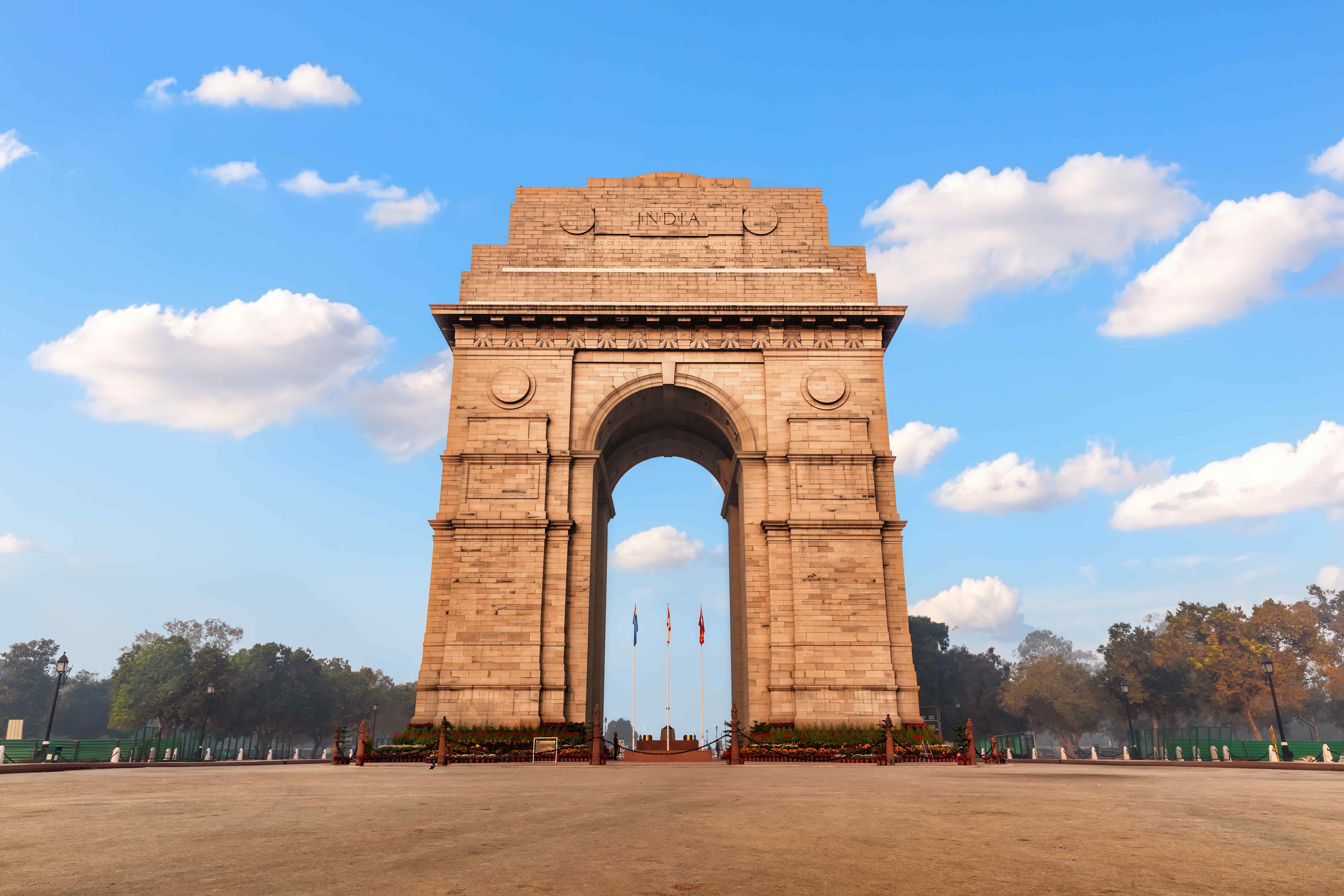
Top 20 Posh Areas in Delhi: Connectivity, Amenities, and Localities to Live in 2025
May 16, 2025
162412+ views
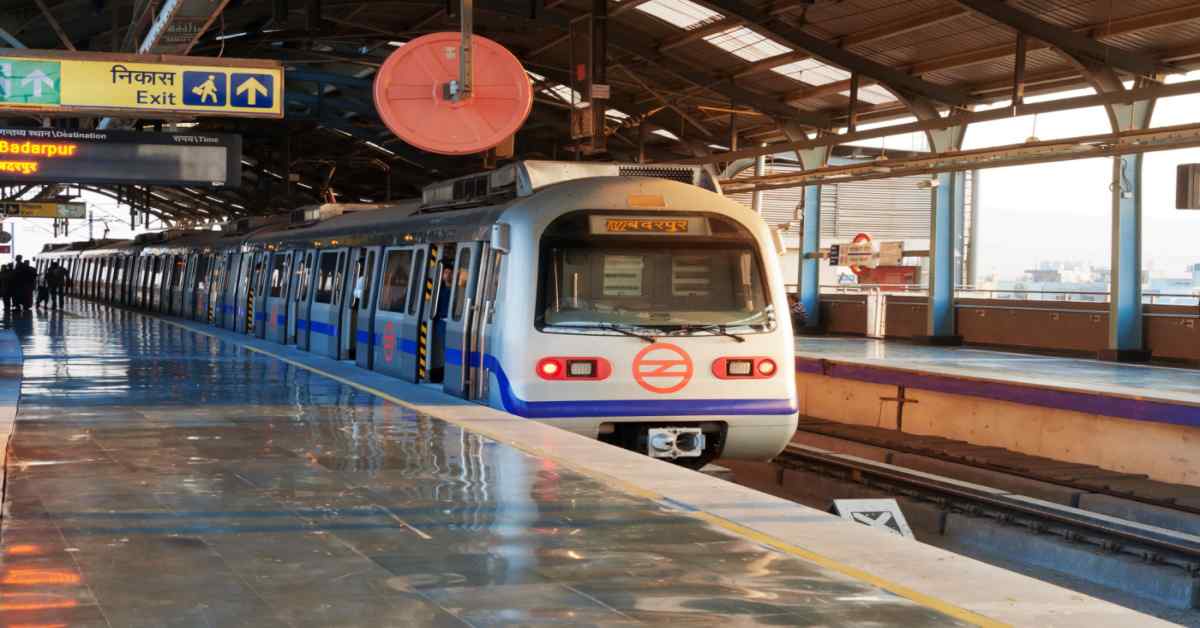
Delhi Metro Yellow Line Route Map, Timings, Interchange Stations & Fare Info in 2025
January 10, 2025
108536+ views
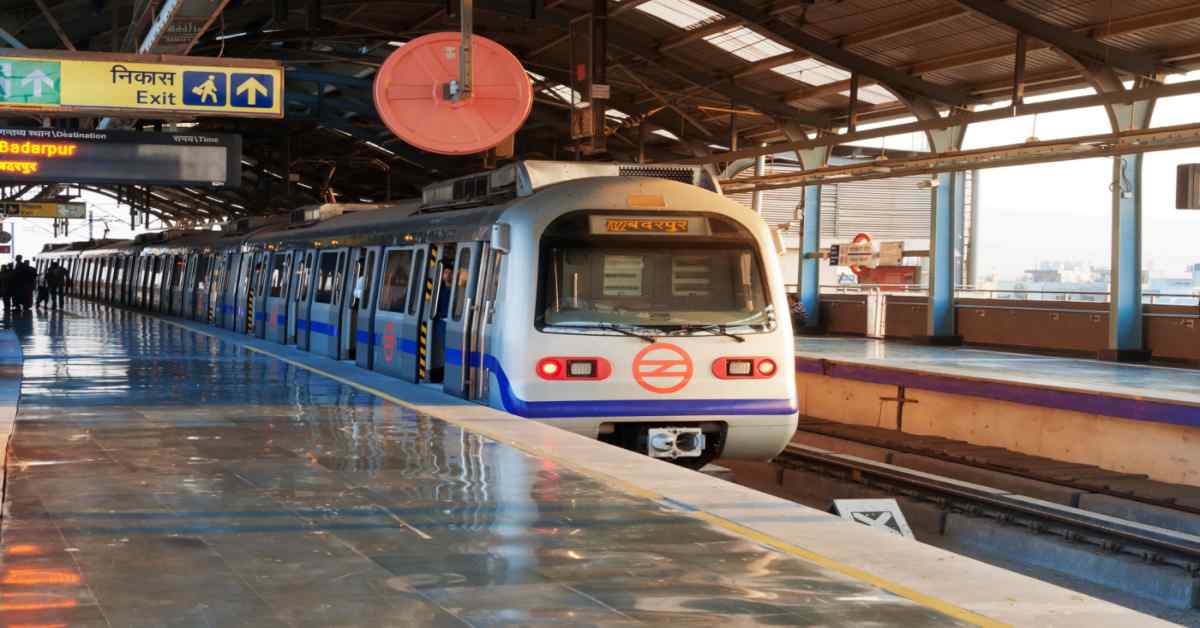
Blue Line Delhi Metro: Stations, Timings, Fares & Route Map , Latest Updates in 2025
January 28, 2025
92860+ views
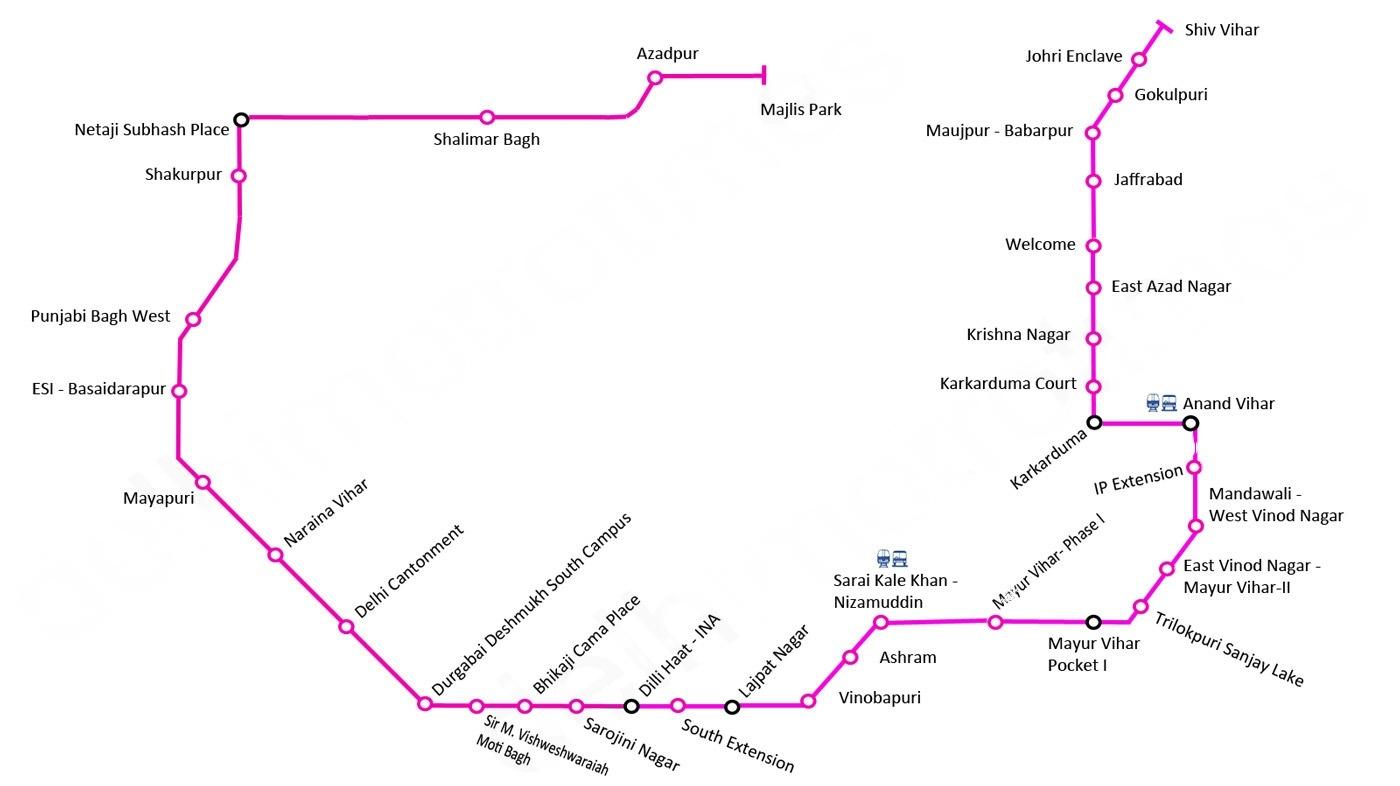
Delhi Metro Pink Line: Route, Map, Fares, Timings, and Stations List in 2025
February 2, 2025
86992+ views

Lajpat Nagar Metro Station Delhi: Map, Routes, Parking and Nearby Localities to Live in 2025
March 21, 2025
57273+ views
Loved what you read? Share it with others!
Most Viewed Articles
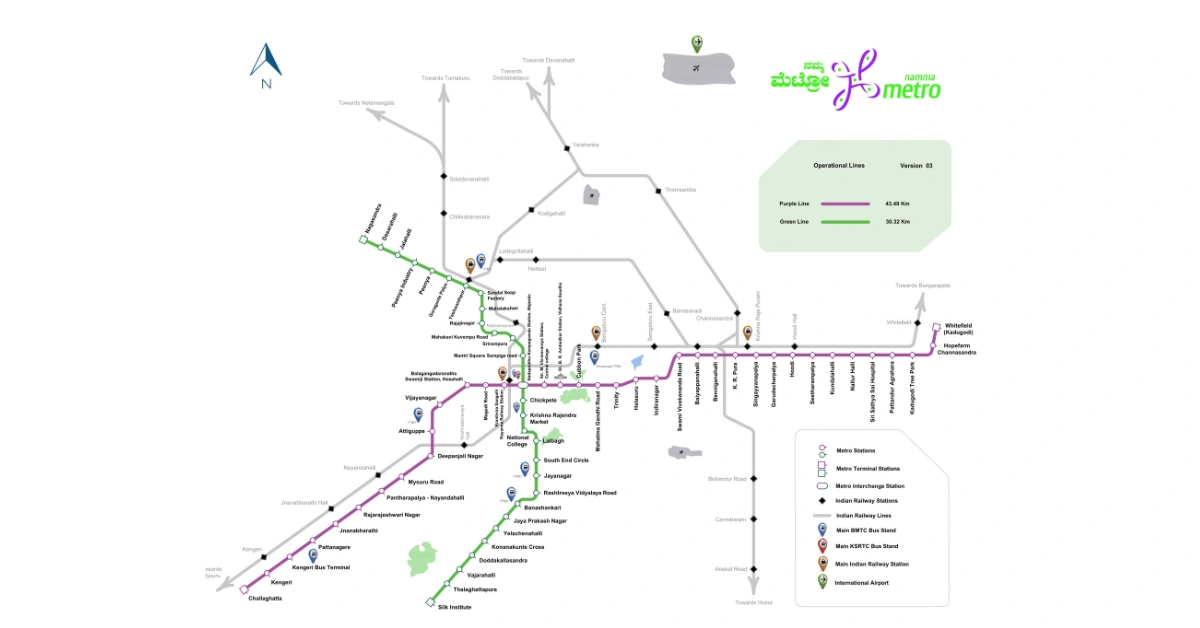
Bangalore Metro: Map Route, Timings, Lines, Stations List and Updated News 2025
May 4, 2025
475771+ views
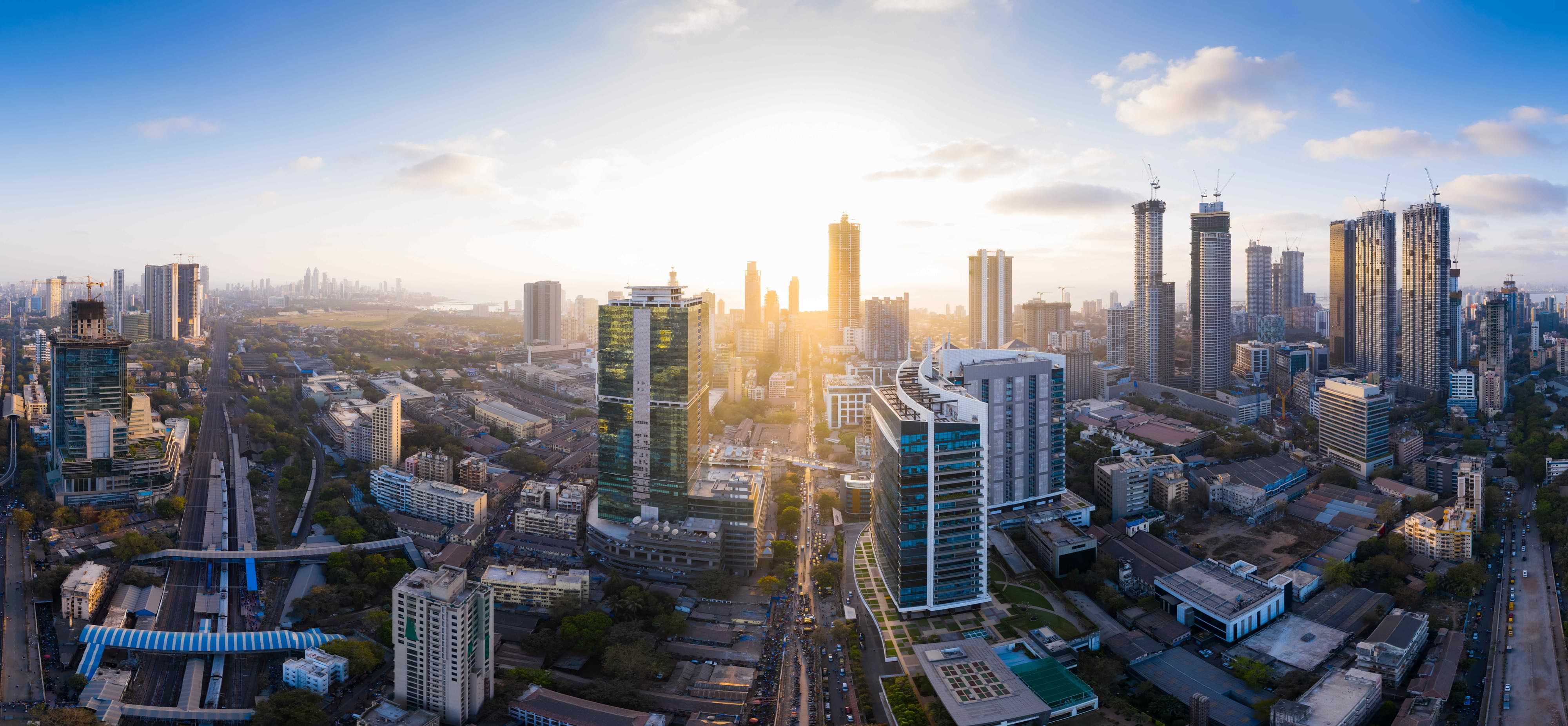
Top 12 Richest Cities in India: GDP and Ranking in 2025
March 13, 2025
345056+ views

Purple Line Metro Bangalore: Routes, Maps and Timings and Fares
May 1, 2025
262594+ views
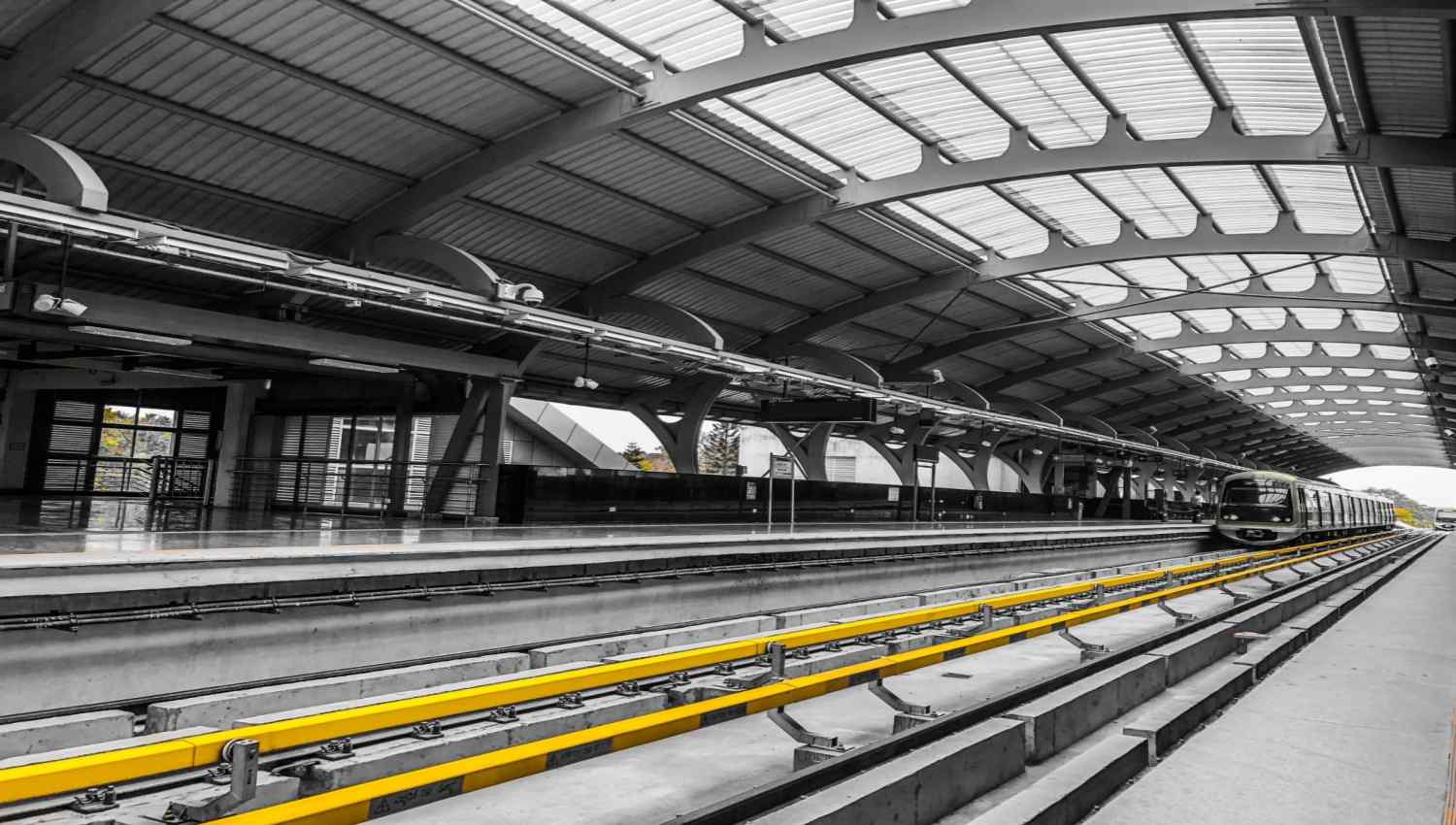
Yellow Line Metro Bangalore: Route, Map Timings, Stations and Fares in 2025
May 2, 2025
251634+ views
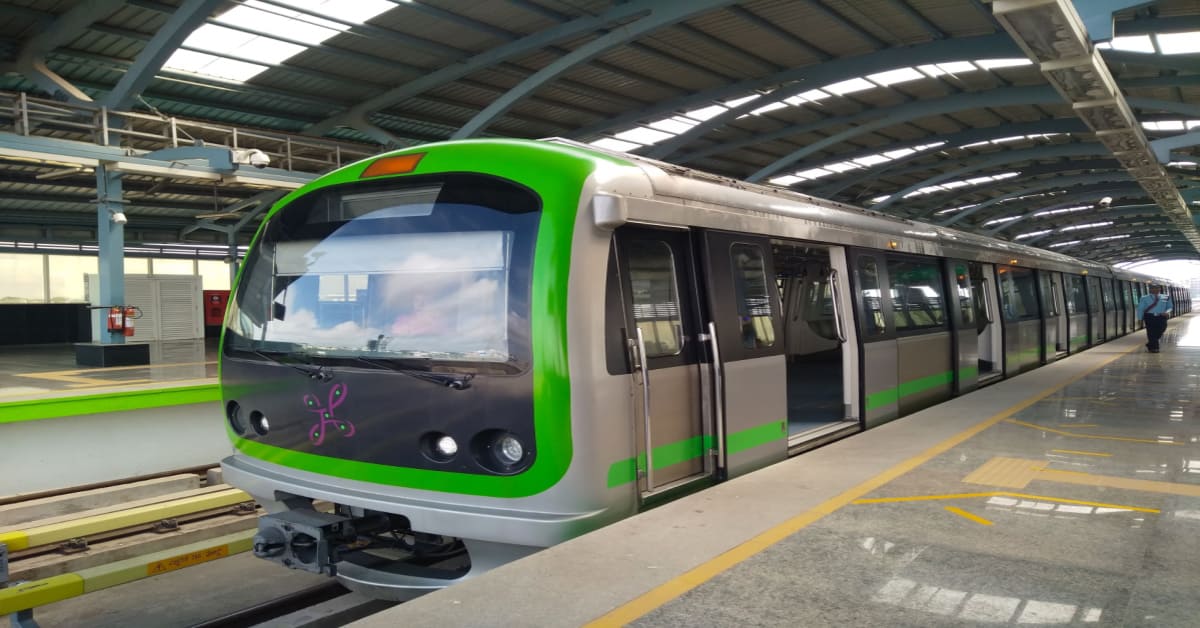
The Green Line Metro Bangalore: Routes, Maps, fares and Nearby Residential Areas
April 10, 2025
215468+ views
Recent blogs in
Yerwada Metro Station Pune: Map, Station Lists, Fares and Nearby Localities to Live in 2026
January 20, 2026 by Krishnanunni H M
Seelampur Metro Station Delhi: Map, Stations, Fares and Nearby Localities to Live in 2026
January 19, 2026 by Kruthi
Old Faridabad Metro Station Delhi: Routes, Fares, Parking and Nearby Areas to Live in 2026
January 19, 2026 by Kruthi








 Full RM + FRM support
Full RM + FRM support
Join the conversation!